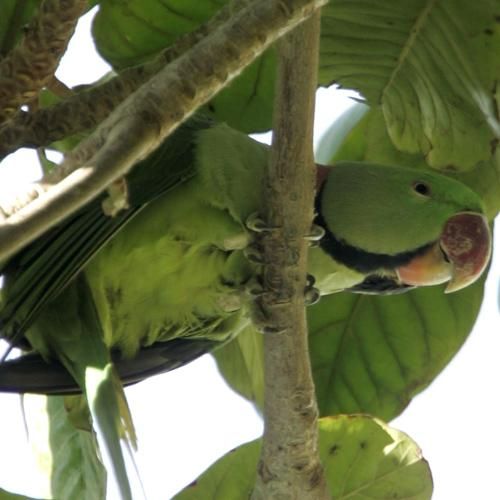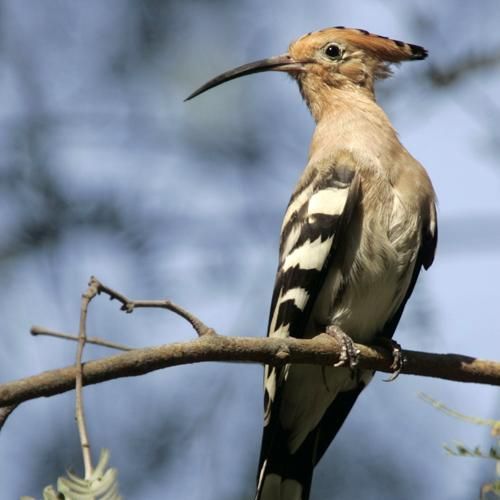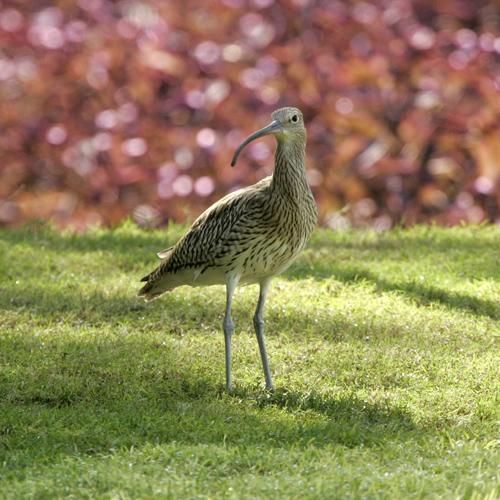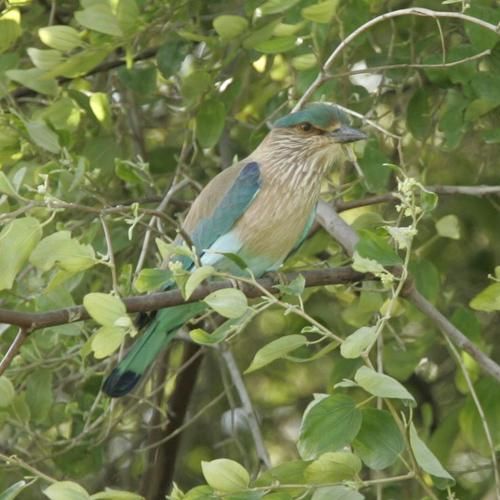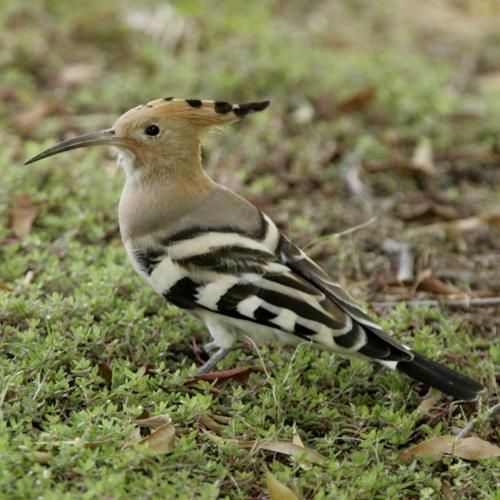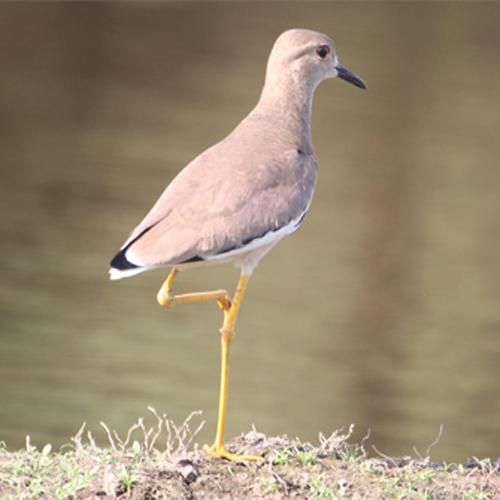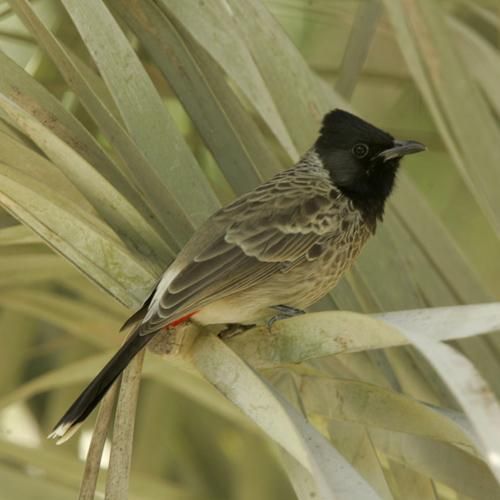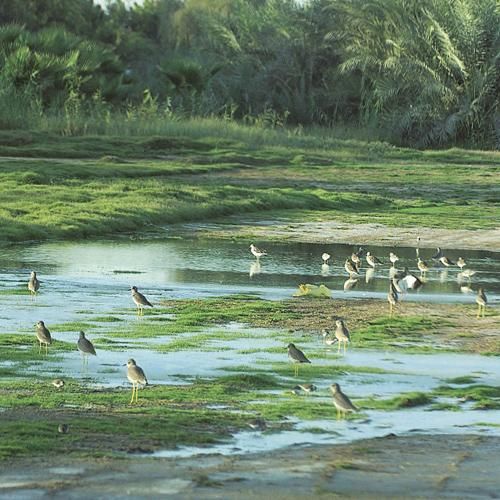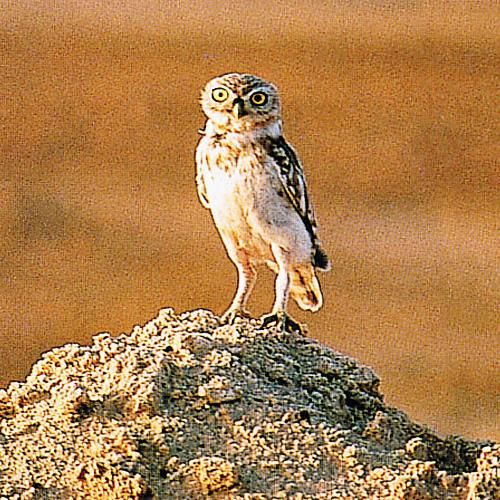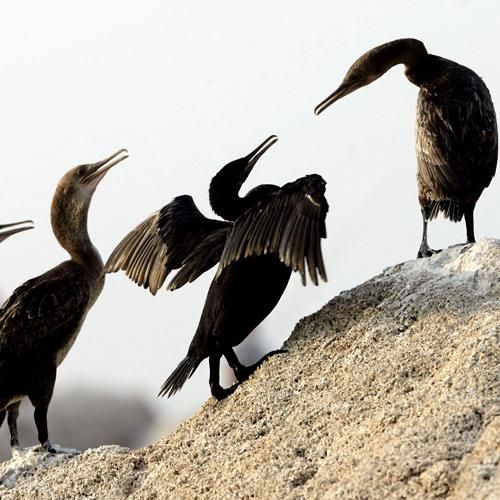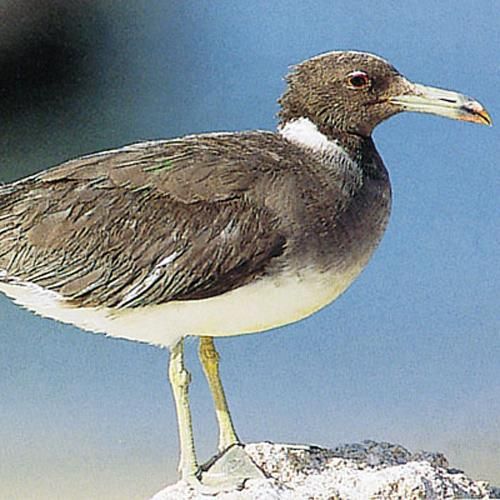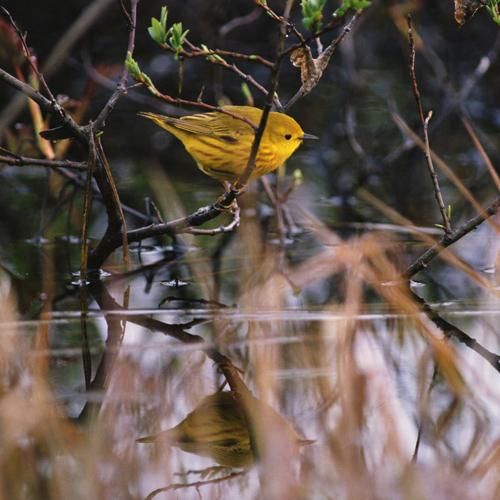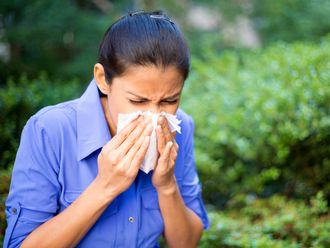Local birds in Dubai are fighting for their place in the food chain under a deluge of foreign species, says a well-known ornithologist from Dubai Zoo.
Dr Mohammad Ali Reza Khan, who has studied local bird life for 20 years, says the foreign species are now so well established they may completely displace their residential hosts.
"We don't know the real impact but the skies are full. University teachers should come forward with studies – we have to have some sort of record," says Dr Khan.
Nests in the trees in the zoo's paths are home to some species who are a long way from home.
"They may have been released by pet owners, escaped from cages or could have hitched a ride on ships coming in from the subcontinent and Africa," he said.
"Most of the birds you see in the skies are not native to the UAE and are wreaking havoc," he adds.
The non-indigenous invaders include the common pied and the bank mynah, originally from Asia, the bright-green Rose-ringed and Alexandrine parakeets from India, and the Superb starling from Africa, "which seem to be at home living in the American University campus in Sharjah," adds Dr Khan.
"Even the common crow is not native to these parts. It is from India," he said.
Other varieties from Oman come through Khor Kalba, Fujairah and Dibba to Sharjah and then to Dubai.
Dr Khan claims that the first crow's nest spotted in Dubai was on a eucalyptus tree near old Al Maktoum Bridge in 1991. The palace near the bridge is now a roosting ground for mynahs, crows, bulbuls, sparrows and two species of parakeet.
He believes many of the foreign species are higher up the food chain than the locals. The palm dove, smaller warbler and grey shrike are especially threatened by the hard-billed invaders. Even the native kestrels pose no threat to the more aggressive foreign species.
"The mynahs and crows take chicks from nests," he says.
Dr Khan says the food given to animals in the zoo attracts foreign species. Parakeets are also fond of the dates that grow in farms around Dubai and also enjoy stripping sunflowers, marigolds and dahlias.
Most the foreign species are now breeding in the UAE and some love to reside in specific spots.
Three years ago, the Muni-cipality had to change the design of lamp posts because parakeets were climbing down inside them.
"They were building their nests at the bottom of the post and cutting the cables. The common mynah birds used to nest in the bulb holders, so those too have been changed," says Dr Khan.
Dr Salim Javed is an ornithologist with the Environment Agency – Abu Dhabi. He acknowledges that there are a number of non-indigenous species thriving in the UAE, which will have an impact on the native bird population.
"This is interesting," says Dr Javed. "We know they are aggressive, they pose a threat to birds' resources and they are thriving in urban environments. It is highly likely they are making an impact. But as there has been no study conducted yet, the precise level of impact is hard to say."
Naturally occurring migratory species
Birds that come to the UAE in winter and small numbers during the autumn and spring passage migrations. Several species of:
- Avocet
- Curlew
- Dunlin
- Eagles
- Falcons
- Flycatchers
- Godwit
- Gulls
- Pipits
- Plovers
- Sanderling
- Sandpipers
- Shanks
- Snipes
- Stints
- Terns
- Vultures
- Wagtails
- Warblers
- Whimbrel
Exotic species (non-native birds that have settled in the UAE)
- Alexandrine parakeet
- Bank mynah
- Common mynah
- Egyptian goose
- Ggrey francolin
- House crow
- Mallard
- Masked weaver
- Pied starling
- Plum-headed parakeet
- Rose-ringed parakeet
- Scaly-breasted munia
- Southern red bishop
- Streaked weaver
- Superb starling
- Yellow-crowned bishop
Resident species (birds that breed naturally in the UAE)
- Black-winged stilt
- Bulbuls - red-vented and white-cheeked
- Common coot
- Crested lark
- Desert lark
- Eurasian collared dove
- Hoopoe lark
- House sparrow
- Indian moorhen
- Indian roller
- Indian silverbill
- Kentish plover
- Lapwing - red-wattled and white-tailed
- Little ringed plover
- Palm dove
- Purple sunbird


